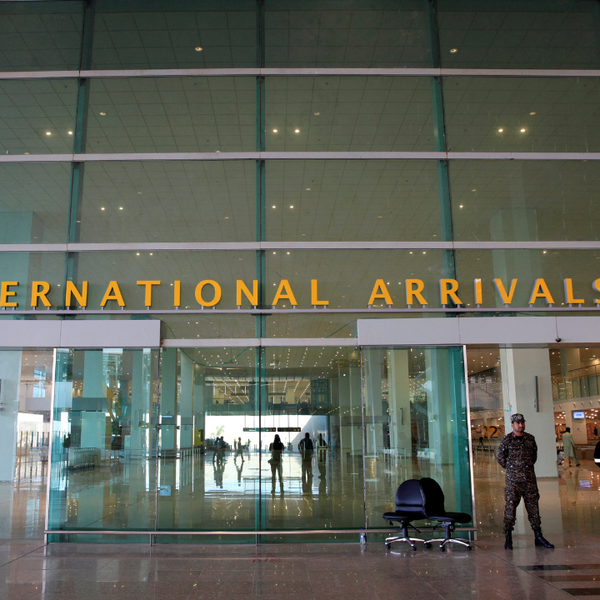Fitch upgrades Pakistan's credit rating to B- from CCC+
Outlook revised to stable after seven years
Business Desk
The Business Desk tracks economic trends, market movements, and business developments, offering analysis of both local and global financial news.

Fitch Ratings has upgraded Pakistan's Long-Term Foreign-Currency Issuer Default Rating to 'B-' from 'CCC+', citing improved fiscal consolidation and external stability.
The outlook has been upgraded to stable after almost seven years. The ratings were last upgraded to stable in 2018.
The upgrade reflects growing confidence in Pakistan’s ability to sustain progress on narrowing budget deficits and implementing structural reforms, bolstered by its International Monetary Fund program.
Fitch noted that tight economic policies should help rebuild international reserves, though financing needs remain high and global trade tensions pose risks.
In March, Pakistan reached a staff-level agreement with the IMF on the first review of its $7 billion Extended Fund Facility and a new $1.3 billion Resilience and Sustainability Facility, both extending to mid-2027.
The country met key targets on reserves and primary surplus, though tax revenue growth lagged. Provincial governments also passed agricultural income tax reforms, a critical IMF benchmark.
Fitch forecasts Pakistan’s budget deficit will shrink to 6% of GDP in the fiscal year ending June 2025 (FY25), down from nearly 7% in FY24. “We expect the primary surplus to more than double to over 2% of GDP in FY25. Shortfalls in tax revenue, in part due to lower-than-expected inflation and imports, will be offset by lower spending and wider provincial surpluses.”
Government debt dropped to 67% of GDP in FY24 from 75% the previous year. “We forecast a gradual decline over the medium term, reflecting tight fiscal policy, nominal growth and a repricing of domestic debt at lower rates. Nevertheless, the debt ratio will still tick up in FY25 due to a rapid decline in inflation and will remain above the forecast 'B' median of just over 50%.”
“We expect CPI inflation to average 5% in FY25, from over 20% in FY23-FY24, on fading base effects from several rounds of energy price reforms, before picking up again to 8% in FY26, in line with urban core inflation over the past few months,” Fitch noted.
According to Fitch, external pressures have eased, with a current account surplus of $700 million in the first eight months of FY25 due to strong remittances and lower import costs.
Gross reserves rose to nearly $18 billion in March 2025—covering about three months of imports—up from $8 billion in early 2023.
However, Pakistan faces $8 billion in external debt maturities in FY25 and $9 billion in FY26, excluding regularly rolled-over bilateral loans. The government secured $4 billion in external financing in the first half of FY25 and aims for $10 billion more by year-end.
The rating agency noted the political challenges persist while security risks along the Afghan border and in Balochistan add to instability.
Fitch warned that Pakistan’s history of incomplete IMF reforms poses risks, though current political consensus on austerity measures provides some reassurance.
The rating agency assigned Pakistan its lowest ESG governance score, citing weak rule of law and institutional quality.







Comments
See what people are discussing